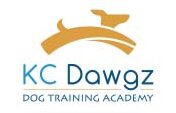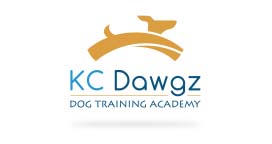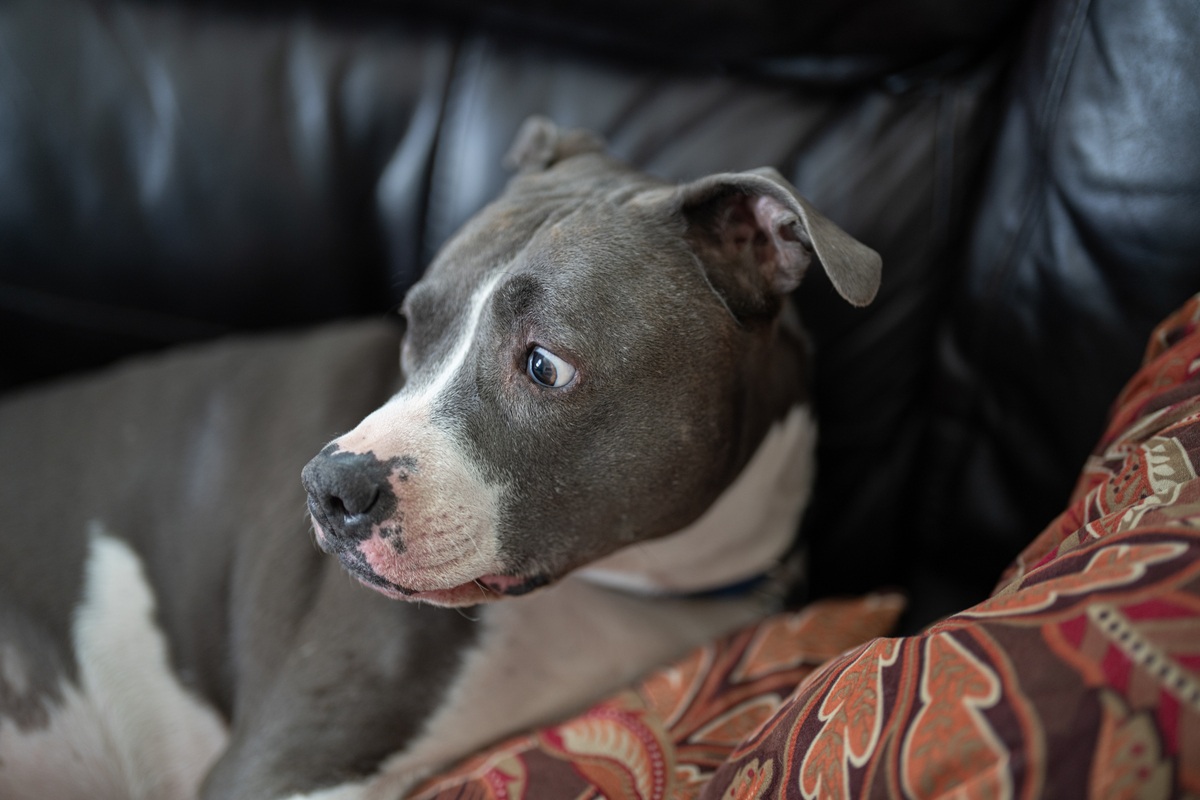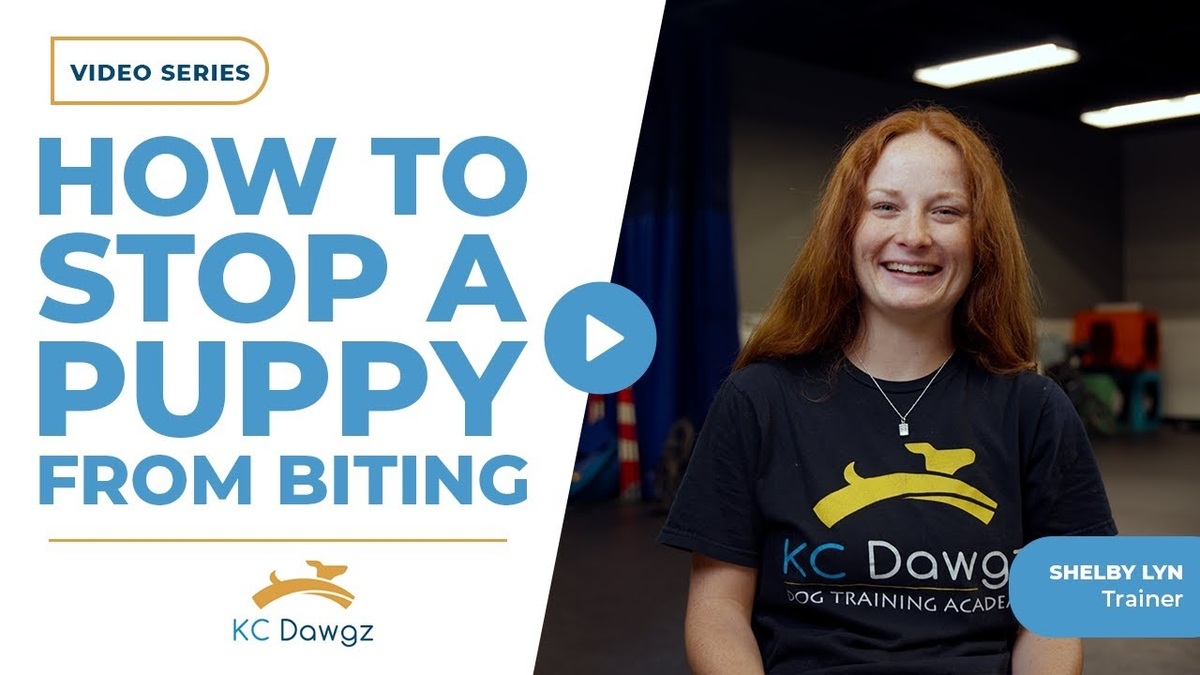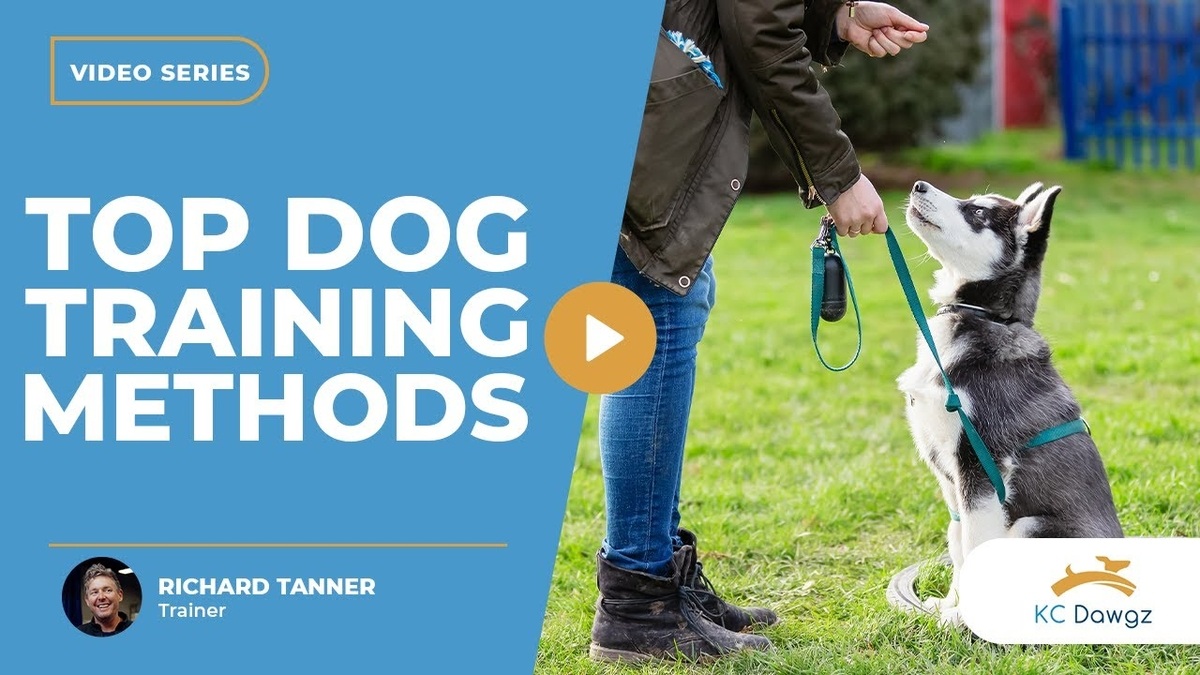Having the freedom to let your dog roam off-leash is a dream for many dog owners. There’s nothing like watching your dog run free at the park, feeling the wind on their face, while still knowing they’ll come right back to you. But the decision to let your dog off-leash is a big one. It requires a great deal of trust and, most importantly, proper training. In this guide, we’ll walk you through the key signs and training steps to ensure that your dog is ready to be off-leash.
The Importance of Leash Training
The foundation of off-leash reliability starts with leash training. It may sound simple, but the truth is, if your dog can’t follow commands on leash, they won’t do it off-leash either. Leash training builds a strong line of communication between you and your dog. Without this, letting them off-leash can be a risky move.
When your dog is leashed, you’re in control, but you’re also teaching them to pay attention to you. We work with our dogs on leash to help them understand what we expect from them. Once they are 100% reliable on leash—meaning they follow commands consistently without hesitation—we can start preparing them for off-leash training.
Transitioning to Off-Leash
Before removing the leash entirely, you’ll want to transition gradually. This means using a longer leash, like a 30-foot leash, to give your dog more freedom while still maintaining control. The goal is to have your dog become less aware of the leash as they begin to experience more independence.
During this phase, keep in mind that your dog might still need reminders of commands. This extended leash allows you to maintain control if necessary, while also giving your dog the space to explore and practice. Once you’ve established confidence with the long leash, you can move to more advanced stages of off-leash training.
Testing Off-Leash in Safe Areas
Testing your dog’s ability to follow commands off-leash should always be done in safe, controlled environments. A fenced-in park or off-leash area is the best place to begin. In case your dog ignores a command or becomes distracted, you can prevent them from running off or getting into dangerous situations.
It’s also wise to keep your testing sessions short at first. Let your dog adjust to the new freedom in small doses while ensuring that they’re still attentive to you. This will build their confidence in the off-leash environment while keeping safety as the top priority.
Essential Commands for Off-Leash Freedom
There are a few key commands that every dog should master before being allowed off-leash. These commands help keep your dog safe and give you peace of mind when they’re out of your reach.
1. Down From a Distance
One of the most critical commands for off-leash training is the down from a distance command. This is especially important if your dog is running toward a dangerous situation, such as a busy road. Being able to shout “down” and have your dog immediately drop wherever they are can prevent accidents. It also works well if you need to stop your dog before they approach another dog or a cyclist.
2. Reliable Recall
While the recall command is often the go-to for dog owners, it’s important to remember that some dogs may take this as an opportunity to loop around before coming back to you. The recall is essential for when your dog is simply distracted or wandering too far, but it shouldn’t be the only command you rely on. Combine recall with other commands like “down” to give yourself more control.
3. Stay
A solid “stay” command ensures that your dog will remain in place, even as distractions occur around them. Whether it’s another dog or a passing car, teaching your dog to stay put will make off-leash adventures much safer.
Signs Your Dog Is Ready to Be Off-Leash
So how do you know when your dog is ready for full off-leash freedom? Here are the main indicators:
- Consistent Leash Behavior: Your dog should follow commands reliably while on leash, without pulling, lagging, or getting distracted.
- Success with Long Leash: If your dog performs well on a long leash, responding to commands and staying close to you, they’re likely ready to move forward.
- Strong Recall: Your dog should come back to you immediately when called, even with distractions around.
- Mastery of Distance Commands: Commands like “down” and “stay” from a distance should be followed without hesitation.
- Calm Behavior Around Distractions: If your dog can handle distractions like other animals, bikes, or loud noises without losing focus, this is a strong sign they can manage off-leash time.
Testing Off-Leash Progress
Even when you believe your dog is ready, it’s important to test their progress regularly. Continue taking them to fenced areas or quiet, safe spaces where you can keep a close eye on their behavior. Gradually increase the length of your off-leash sessions and observe how well they maintain focus on you.
If you notice any issues, such as ignoring commands or running off, it might be a sign that more training is needed. Be patient—every dog progresses at their own pace, and it’s better to take things slowly to ensure their safety.
In Summary
Knowing when your dog is ready to be off-leash is all about preparation, patience, and proper training. Start by mastering leash commands, transition with a long leash, and test their readiness in safe areas. Once you’ve built trust and can see that your dog reliably follows commands, you’ll both be ready to enjoy the freedom of off-leash adventures.
Contact us if you need help with training or advice on how to get your dog to this stage.
